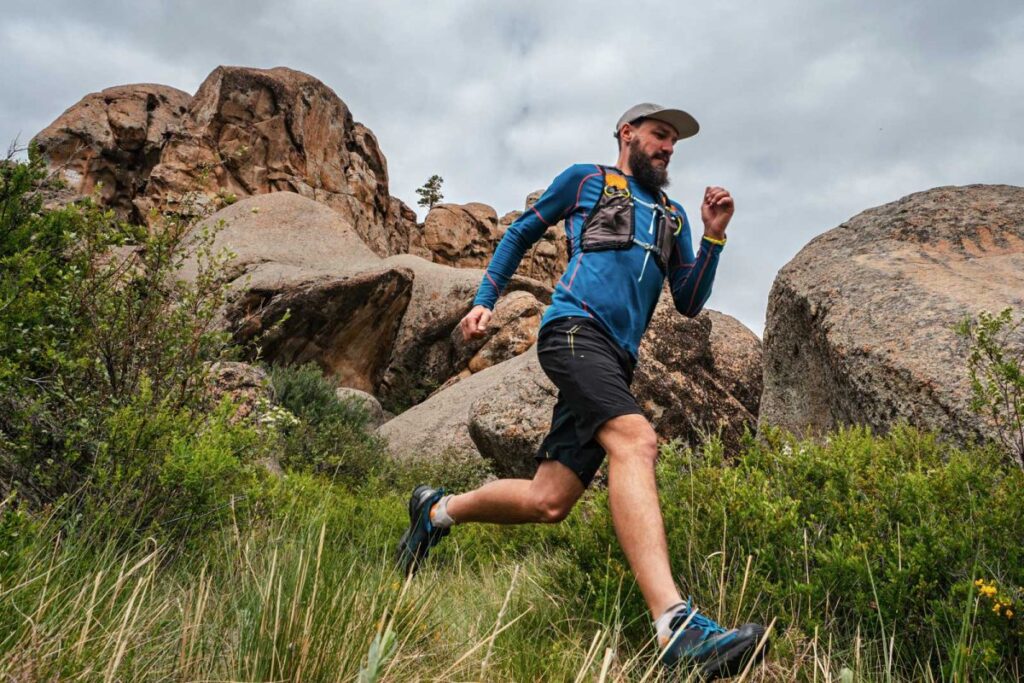Gravel biking is among the most popular trends in cycling, and attracts both beginners and seasoned cyclists. According to Steven Rindner, gravel biking provides riders with the freedom to explore backroads, fields, and forests that would be pretty much impossible with a traditional road bike. However, before going on a gravel adventure, one must learn how to ride a gravel bike on varying terrains.
Steven Rindner Briefly Discusses How to Ride a Gravel Bike on Varying Terrains
One of the most appealing aspects of gravel riding is the sheer variety of surfaces a cyclist gets to ride on. To efficiently ride a gravel bike on varying terrains, cyclists must focus on adjusting their riding position, tire pressure, and gear selection for optimal control and traction. Maintaining a relaxed grip, practicing weight shifting, and being mindful of the surroundings are vital for navigating loose surfaces, obstacles, and varying inclines.
Riding off roads comes with multiple challenges, but that is also a part of the adventure. The golden rule a cyclist must keep in mind is that the sooner they can spot trouble, the more time they will have to work out what to do. This basically means no matter the surface one is riding on; it is prudent to look as far down the trail as possible and potentially slow down to assess the situation. Cyclists need to think more about the solutions instead of the problem. Basically, they need to focus on the gaps between rocks and trees or the far end of ruts, instead of the actual rocks and trees. Cyclists must remember that their bike will take them where they look.
If one is unable to avoid hitting a root or rock, they should try to lift their wheels up and over it in turn. Alternatively, the cyclist may simply stand up and relax their arms and legs as much as possible so the gravel bike can bump up and over them more easily. Staying loose on the gravel, instead of being stiff and stressed, would allow the gravel bike to wriggle through the rough terrain more easily.
In the opinion of Steven Rindner, mud, sand, and gravel can create resistance on the wheels of a gravel bike or slide them away in slightly different ways, but keeping the wheels as straight as possible would help carving through cleanly. One must also remember to look as far ahead as possible to identify the shallowest patches and make adjustments on their line early on to keep things as easy as possible. It would be better for the cyclists to put their weight over the wheel they want to grip most. This generally is the front wheel in corners or the back wheel when climbing or braking.
Steep climbs and descents present unique challenges for the cyclists, often pushing both the gravel bike and the rider to their limits. To handle these situations in an efficient manner, cyclists must maximize their body movements and remain very deliberate with both braking and pedaling. Proper weight distribution is especially important, as shifting body position helps maintain stability and traction when the bike feels close to its limit.

